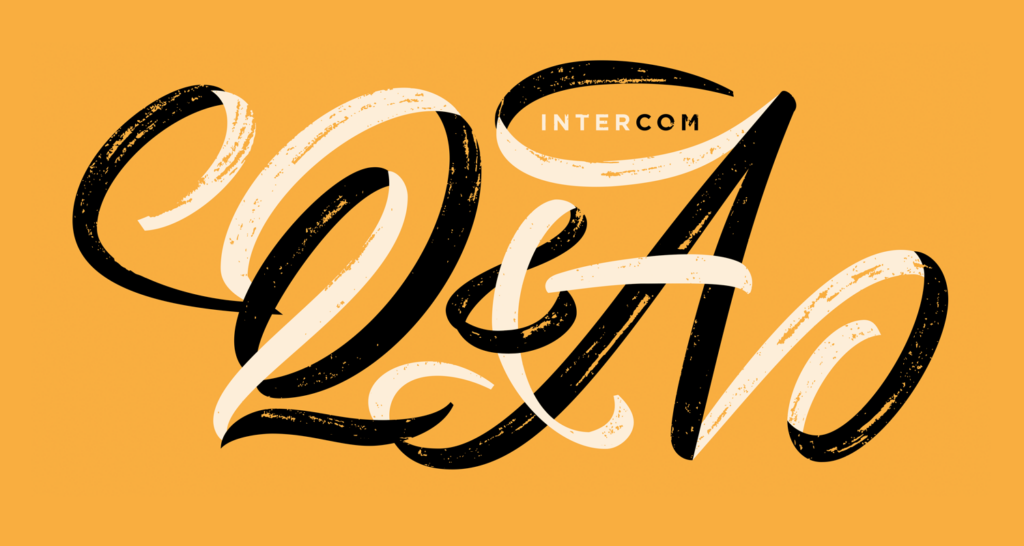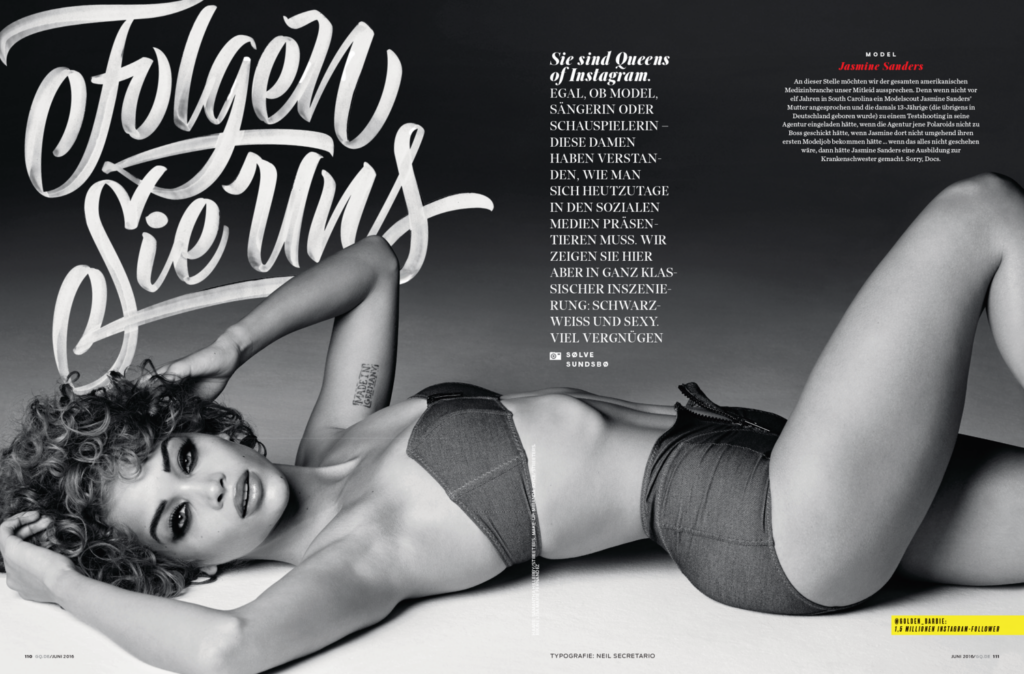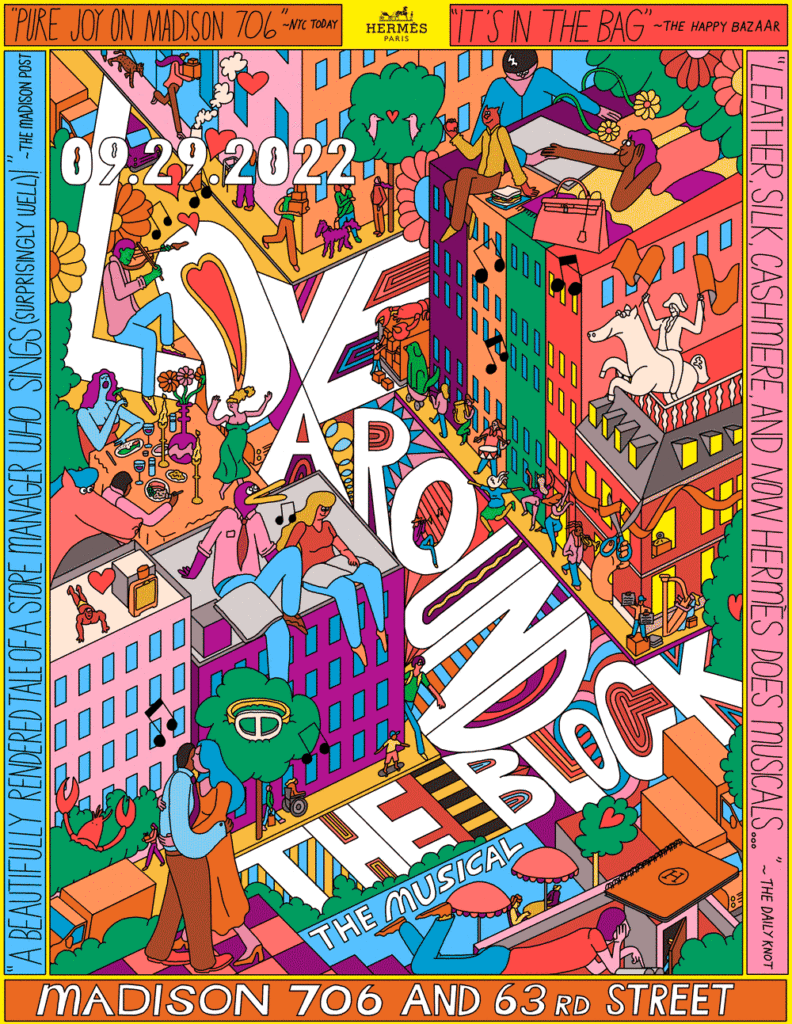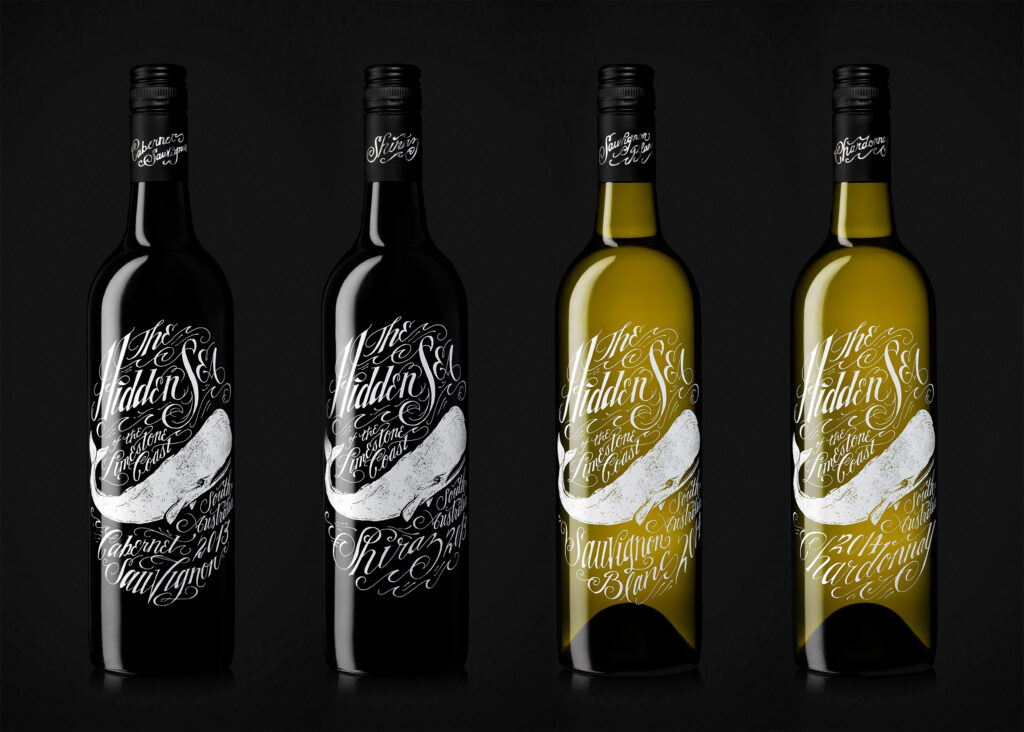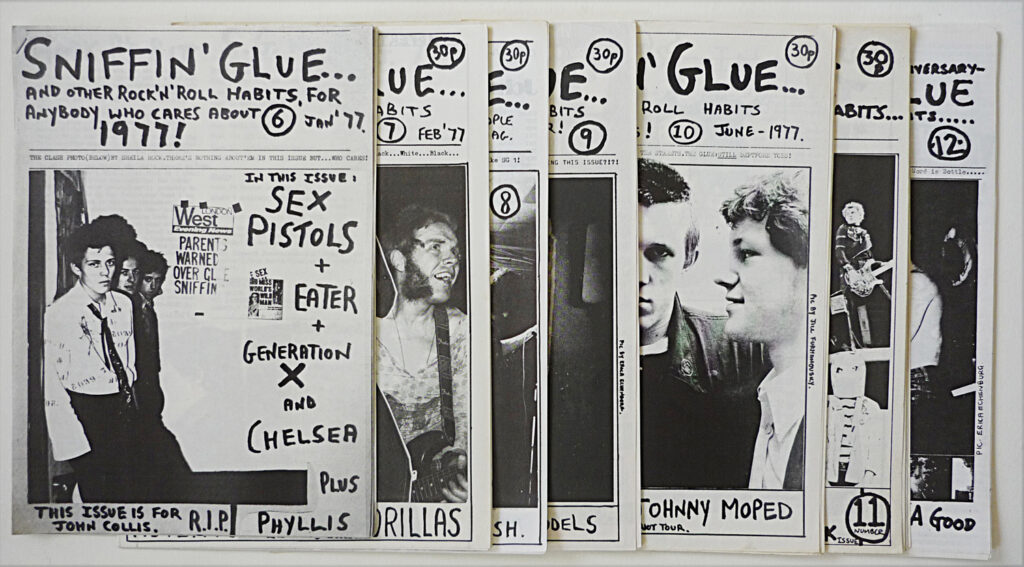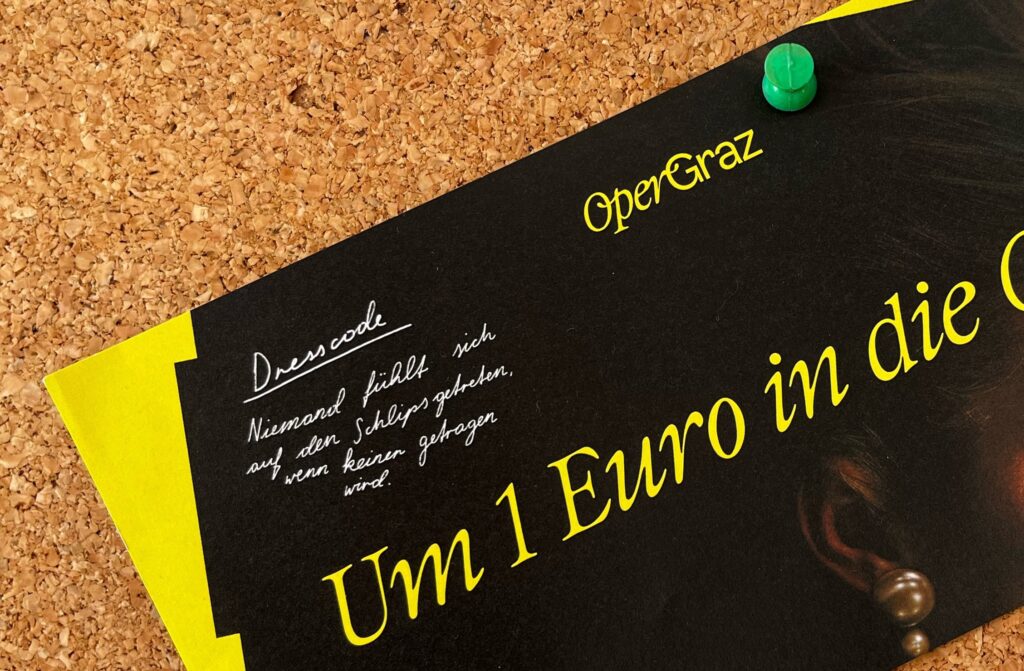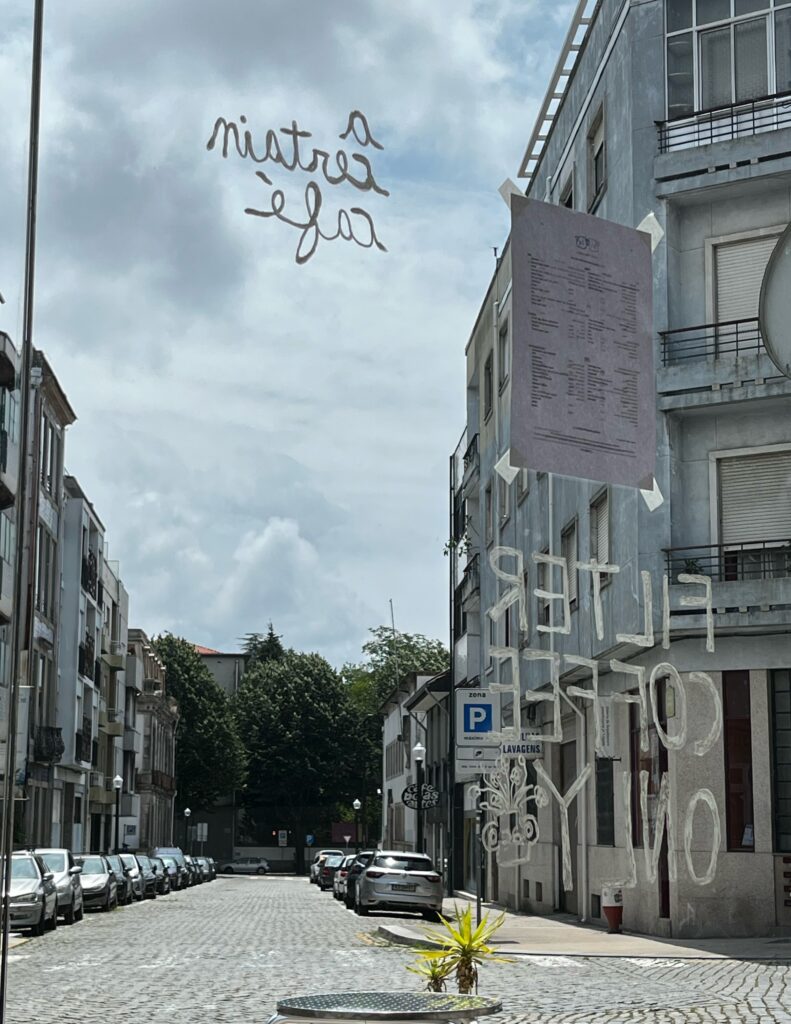In the late 90s the contemporary craft & craftivism emerged and gained recognition as a political movement. The term craftivism is a blend of the word craft and activism. Cravtivism pieces can be different things like contemporary art pieces, public knit-ins, yarnbombing, ethical fashion, indie craft sales, or many other things. It is a form of peaceful protest through crafts. “creativity can be a catalyst for change”. One cravtivism project was the Pussyhat project. A group of knitting-activists knittet pink hats to wear during the womans march in Washington after Donald Trump was elected president. The name pussyhats references Trumps comment „you can do anything“ to women – including „grab them by the pussy“. (https://www.bbc.com/news/world-us-canada-38666373)

“From 2003-2008, a diverse group of international knit and crochet hobbyists participated in the microRevolt project– the Nike Blanket Petition, a 15-foot wide handmade blanket of the Nike swoosh. Each 4 x 4 inch square creates the Nike logo, acting as a signature for fair labor policies for Nike garment workers. Over the five-year period, „anti-sweatshop“ squares were stitched into the quilt, representing people petitioning from over 30 countries.” (https://post-craft.net/nike_blanket.html)
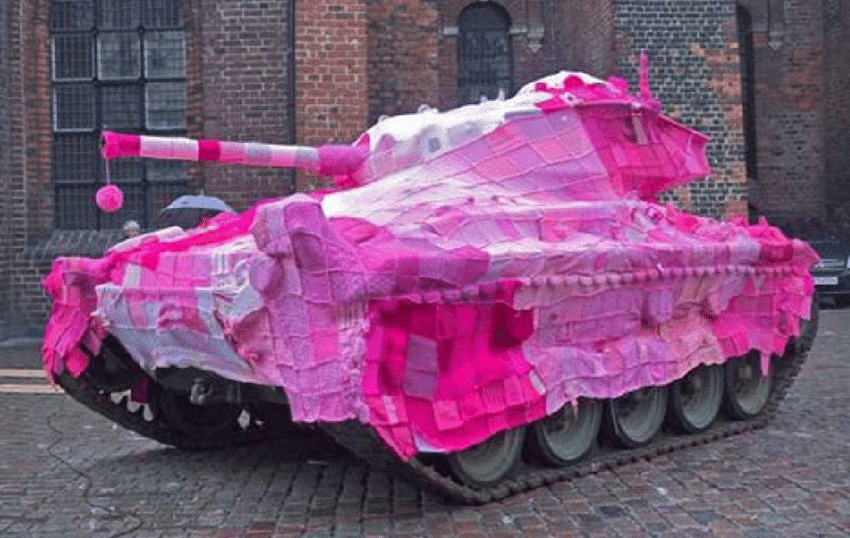
„craft hard die free“ (https://books.google.at/books?id=XZEFEAAAQBAJ&printsec=frontcover&hl=de#v=onepage&q&f=false)
The craftivism movement wants to counter the idea that activism is violent and destructive. In 2003 a craftifesto was created, stating that craft is political. ”We’re trying to change the world. We want everyone to rethink corporate culture and consumerism.” (chrome-extension://efaidnbmnnnibpcajpcglclefindmkaj/http://www.lisasolomon.com/reviews/reviews/craftivism_catalogue.pdf)

Craft was purposefully staged as antagonistic and radical during the 2000s, for example in exhibitions like confrontational clay (2000) and radical lace and subversive knitting (2006). With the increasing visibility of crafts in public spaces, museums and media, the idea of contemporary crafts being a form of political action and democratic participation started spreading in the west. Craft communities positioning themselves with anti-capitalist values also strengthened the associations of self-sufficiency and sustainability with crafts. But it is important to note that craftivism is not necessarily a global movement of many individuals coming together for a common political cause. The values of craft groups range from ultra-conservative to anarchist.
There should be a clear distinction between political and commercial craft projects, but the lines get blurred. For example the north-american indie craft movement became increasingly more commercial. It emerged out of the riot grrl zine scene. The craft scene generally draws from punk and diy-aesthetics. It has grown from local craft groups into massive enterprises like etsy. Marketing turned indie crafts into a mass produced goods.
Now the focus lies more on individualism and self-expression, which turns crafts into a sort of lifestyle-activism. “[It] is used to curate and communicate a politicized sense of individuality through good taste, and craft expresses personal and economic freedom of choice in a broadly disempowering sphere of market capitalism. The marketplace becomes an arena where conscious consumers exercise the power to choose unique objects that reflect their progressive values.” (https://books.google.at/books?id=XZEFEAAAQBAJ&printsec=frontcover&hl=de#v=onepage&q&f=false)

